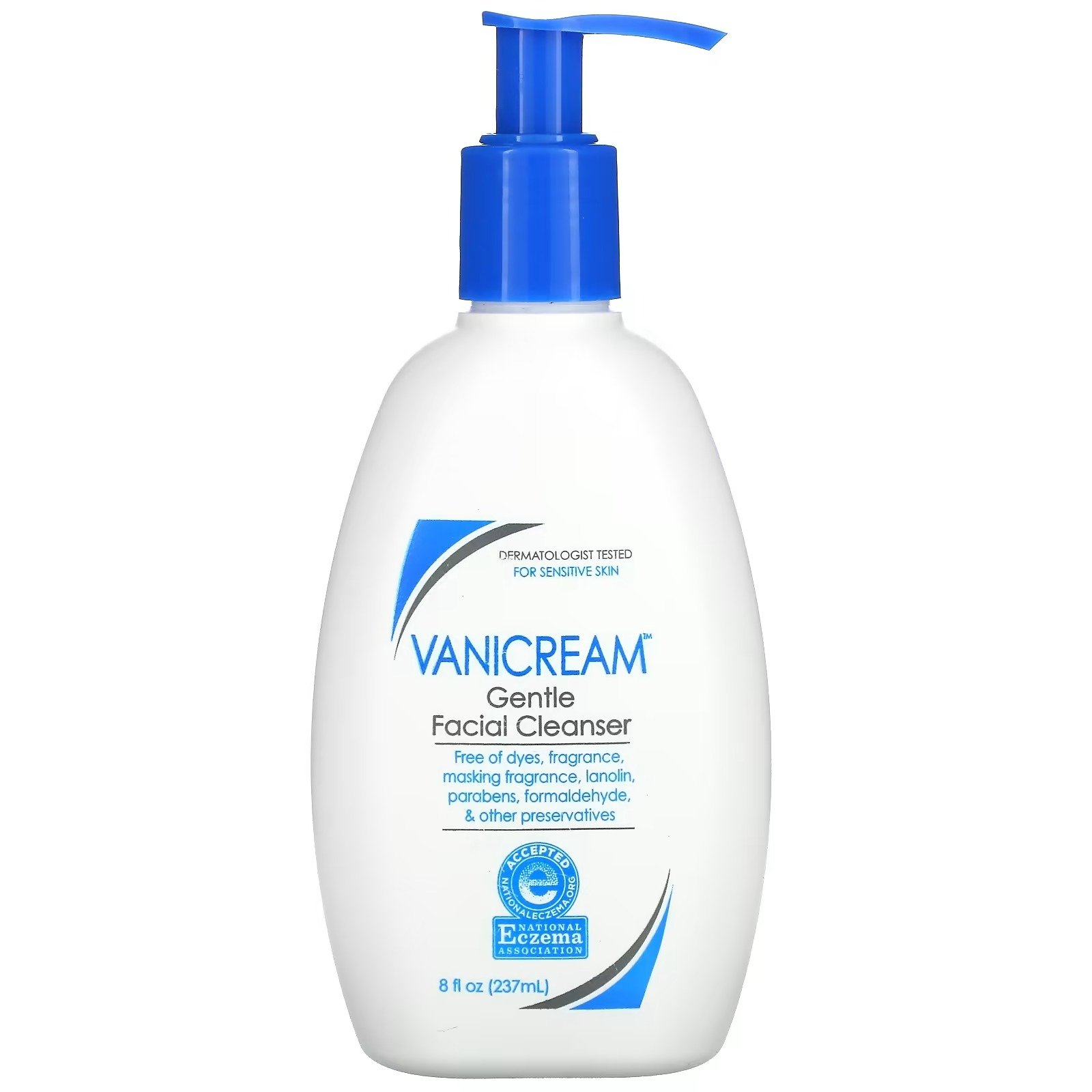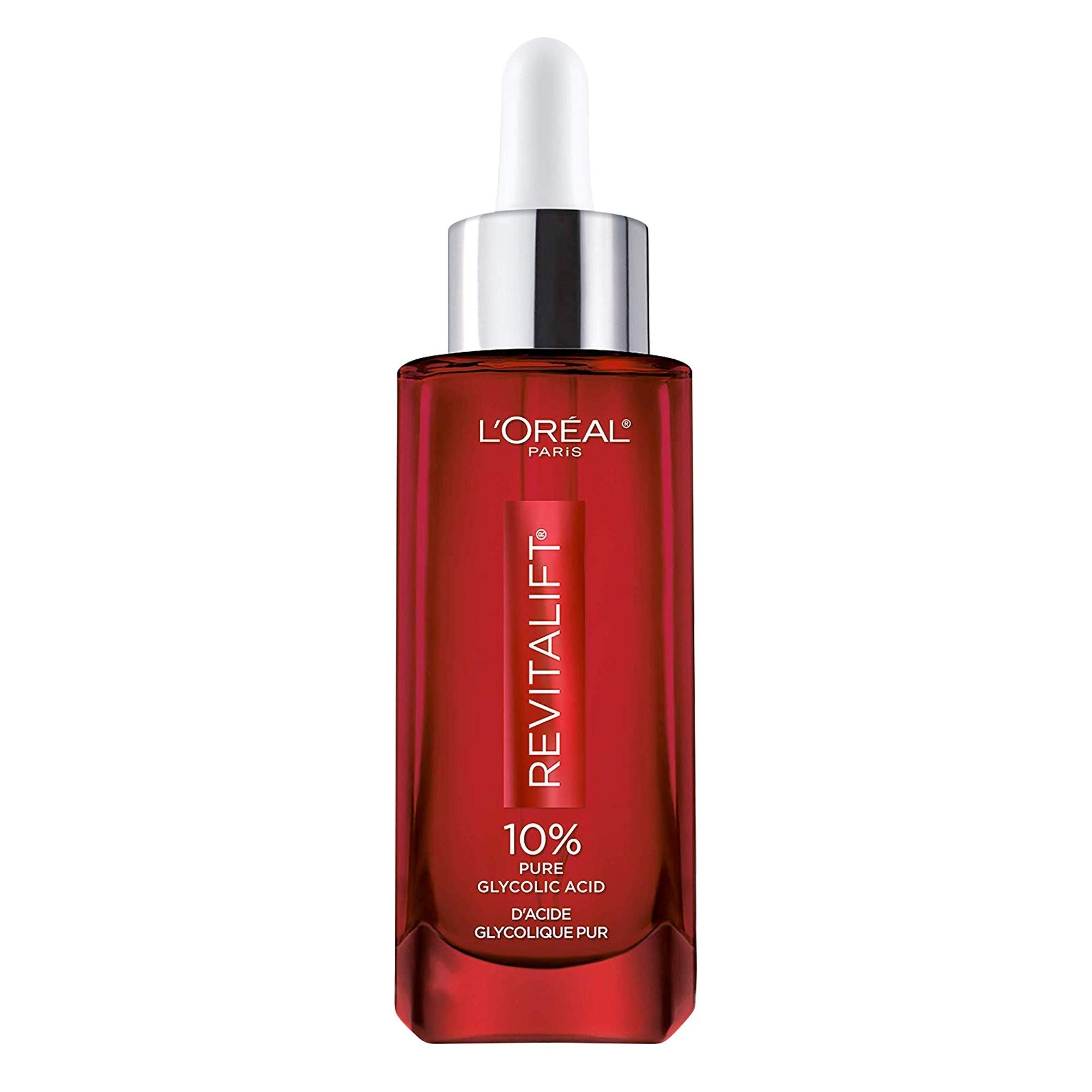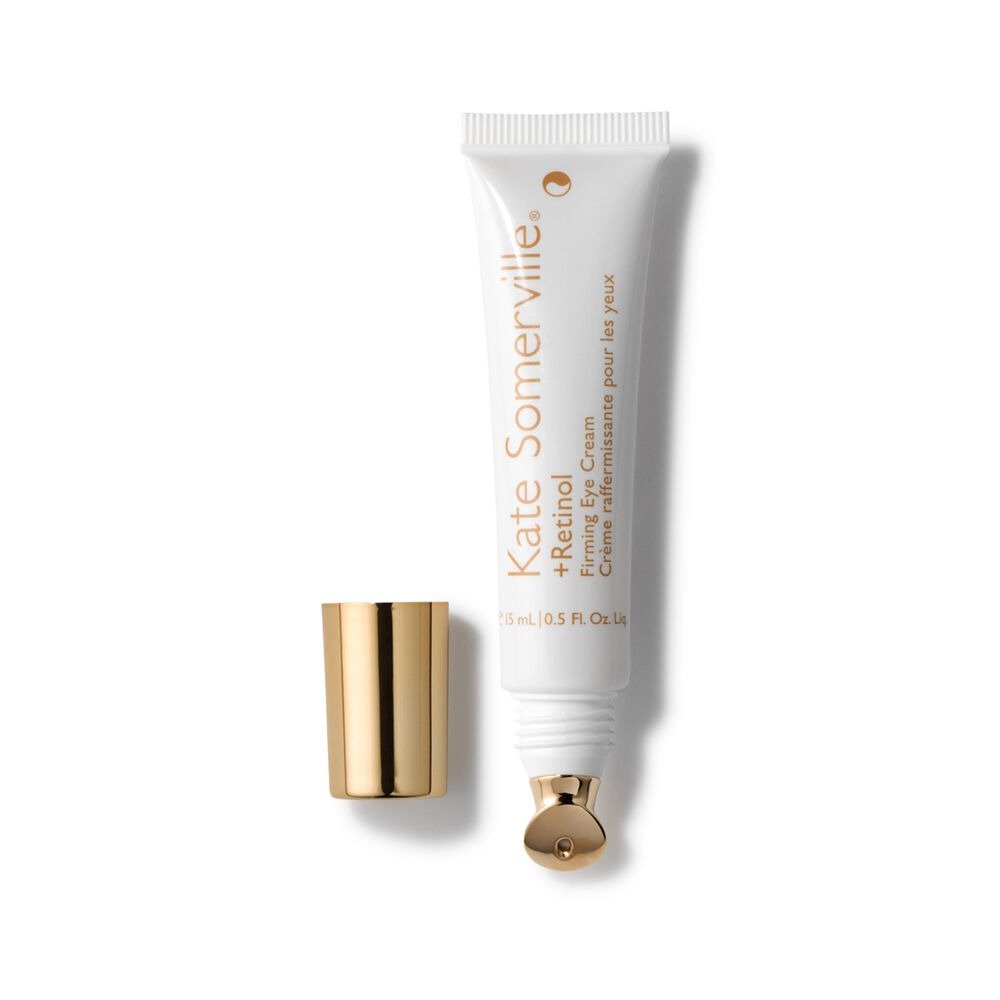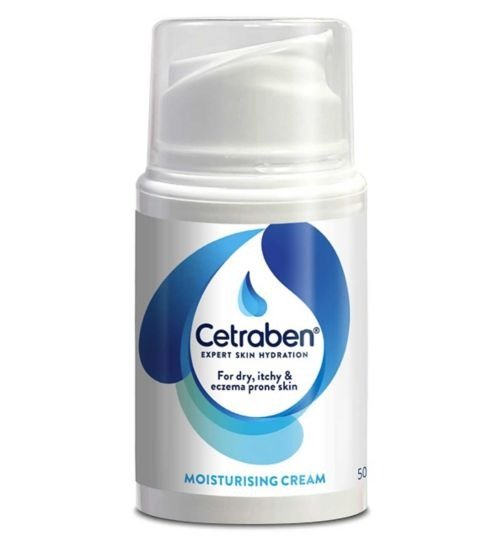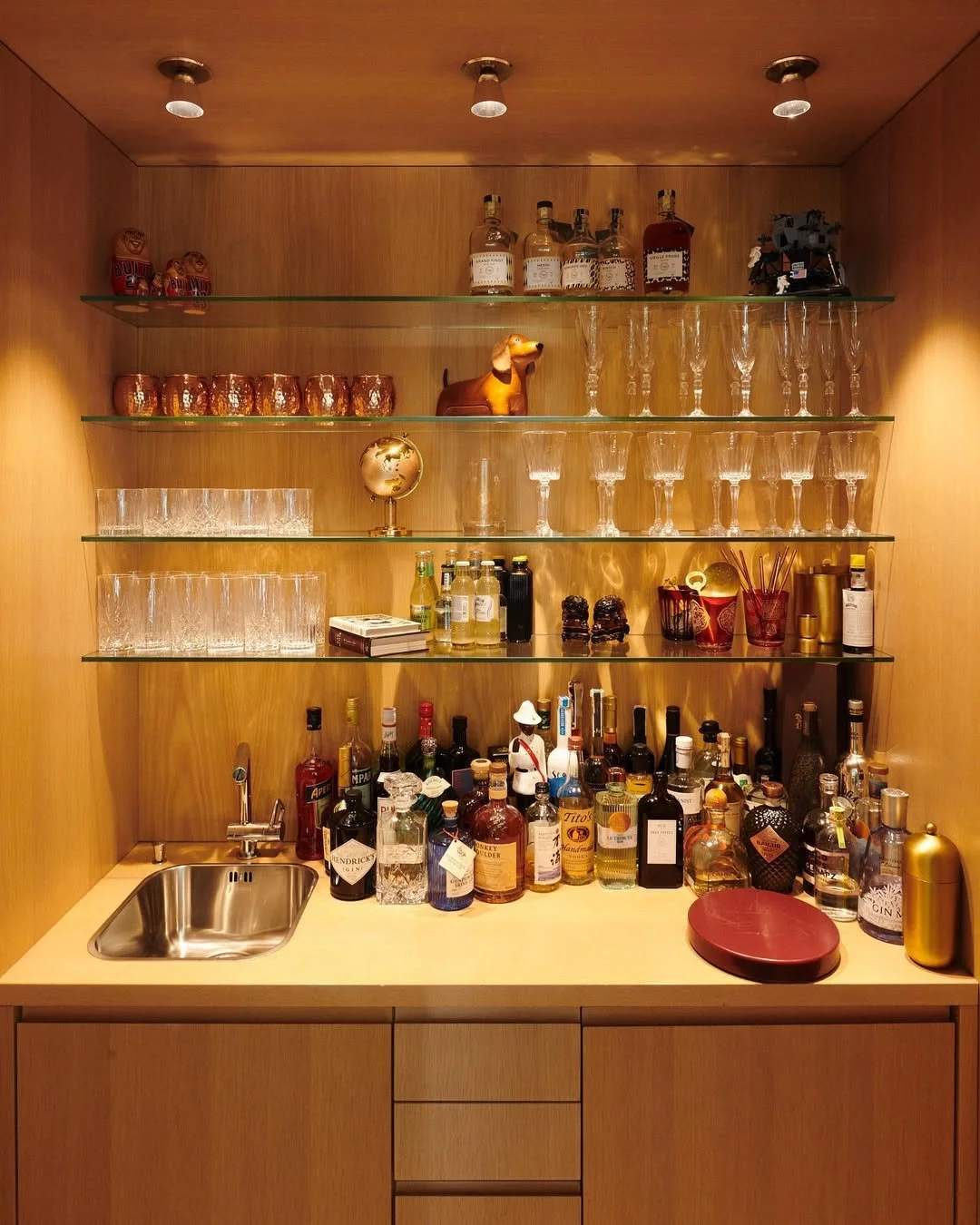My Autumn Nighttime Skincare Routine: Hydration, Exfoliation, and Rejuvenation
IN THIS ARTICLE
Let's dive straight into today's focus - your autumn and nighttime skincare regime. Before discussing facial skincare, let's talk about body care.
Step One: Body Peel and Makeup Removal
I shower in the morning, but I also exfoliate my body skin two or three evenings a week. Recently, I've been using Necessaire's body peel. The product has an exquisite texture and retails for $55. It combines glycolic acid, lactic acid, salicylic acid, mandelic acid, and even glucanolactone, which exfoliates your body skin. A personal tip is to do this at night. Remember, this can make your skin more sun-sensitive, so always wear sunscreen on any exposed body parts. And if you're frequently outdoors but clothed, ensure your clothing has a UPF to protect your skin from UV rays.
I prefer removing makeup first before washing my face with Vanicream. While Vanicream doesn't remove all makeup, it does remove sunscreen. Therefore, I always start my double cleanse with Bioderma Sensibio H2O, applying it directly onto my face.
After exfoliating our bodies and removing our makeup, we then move to the sink to cleanse our faces. I have a washcloth for every day of the week, ensuring I never use the same one twice in a row. After applying my Vanicream cleanser to my dry face and carefully avoiding my eyes, I remove it with a wet, lukewarm washcloth.
Step Two: The Depuffer and Lip Exfoliation
Now, let’s move on to Dr. Idriss’ The Depuffer, a product featuring arnica—an ingredient used for centuries across various cultures for its inflammation and bruising reduction properties. I use this roller tool both morning and night to reduce swelling and redness.
Next, I apply a small amount of L'Oreal’s glycolic acid to my lips. I prefer exfoliating my lips with an acid rather than a physical scrub to avoid creating more dead skin layers. Be cautious though, as it can exacerbate cold sores.
Step Three: Lip Basting and Serum Application
Following exfoliation, I ‘baste’ my lips in a rich ointment or cream. I’ve found this technique keeps my lips hydrated throughout winter. Don’t worry about the temporary white appearance of your lips; it will fade.
After 'lip basting', we'll finish the routine with serums, eye cream, and moisturizer. I have recently been using Allies of Skin's multi peptide and growth factor advanced lifting serum. I'm keen on ensuring that every evening I'm fortifying my skin with beneficial products, promoting collagen stimulation while maintaining a healthy skin barrier, especially around the neck and chest area. These areas often can't tolerate retinol unless it's used with a thick moisturizer to offset potential irritation - a topic for another time. This particular product from Allies of Skin has an excellent texture, super lightweight, almost like splashing water on your face. It leaves an instant sheen on your skin, and I radiate after I apply it. It's a cocktail of various peptides that encourage collagen types one and three, the key ones for our skin.
Once I'm done with that, I follow up with Hyper Serum from Dr. Idriss; I adore this product. It's chock-full of kojic acid, arbutin, licorice root, gallic acid, and niacinamide. It's excellent for inflammation, reducing discolouration, and controlling hyperpigmentation as a daily treatment for my melasma.
Step Four: Eye Creams and ActiveSeal Application
While I typically avoid using retinol all over my face, I do use it under my eyes. For beginners, I recommend products from Number Seven or Kate Somerville. Kate Somerville's product has a luxurious applicator tip, making it an excellent gift. Avène also offers an eye cream with retinaldehyde, a slightly stronger option than retinol. It's dispensed via a pump, and you can control the dosage. If you're more experienced, you can apply Vaseline first, followed by a prescription strength tretinoin, just make sure to keep it on the bony rim of your eye to avoid irritation. It's not recommended for the upper eyelids.
We'll then apply the ActiveSeal by Dr. Idriss. It contains an ester form of vitamin C known as tetrahexyl desilascorbate, unlike other products that use L-ascorbic acid. This form of vitamin C doesn't oxidize like L-ascorbic acid does, making it safe to use with the copper peptides found in the Allies of Skin product.
Step Five: Moisturizing and Final Touches
If you live in a particularly dry area and need extra hydration, consider adding a thick moisturizer or an occlusive like Vaseline to your routine. Last year I discovered Cetraben – a more refined alternative to Vaseline. It has a wonderful consistency and I apply it liberally, targeting areas that tend to get dry, especially after exfoliation. The result? Your skin becomes so smooth, it feels like you could ice skate on it! So, there you have it - my autumn nighttime skincare routine.
Unlocking the Secrets of a Radiant Autumn Glow
About the Author: Caolan
With over a decade of international experience, Caolan's passion lies in simplifying the complex. His innovative thinking and audience-first approach have made significant impacts across the creative industries. Now, as the founder of But More Importantly, he applies these talents to the world of cosmetics, aiming to unmask marketing hype and provide readers with the truth about beauty products. His mission: to help you make informed choices and discover what truly enhances your beauty routine.



